The world doesn’t talk much about Lesbian history, does it? How much do you really know about where lesbians came from and what they went through? What’s more, lesbianism and its struggle have a long and colourful history! It’s okay if you don’t know, that’s why here’s a list of facts about lesbian history that you should know!
- The word ‘Lesbian’ was coined from the word ‘Lesbos’
The Greek Island of Lesbos, where the poet Sappho was born in the sixth century BCE, is known by the derogatory term “lesbian.” Historians have deduced from a variety of ancient literature that Sappho was entrusted with a group of young women for their teaching or cultural enrichment. Only a little portion of Sappho’s poetry has been preserved, but what has represented the subjects she wrote about: women’s daily life, relationships, and rituals. She emphasized the attractiveness of ladies and expressed her love for young women. Before the middle of the 19th century, the term “lesbian” referred to any Lesbos-related term or concept. But the history of the terminology is a little more vivid. The term “lesbian” finally evolved into the feminine equivalent of “sodomite” in 1925. That’s accurate. It evolved into the city of Sodom, which God obliterated, from the lyrical Greek island of Lesbos!
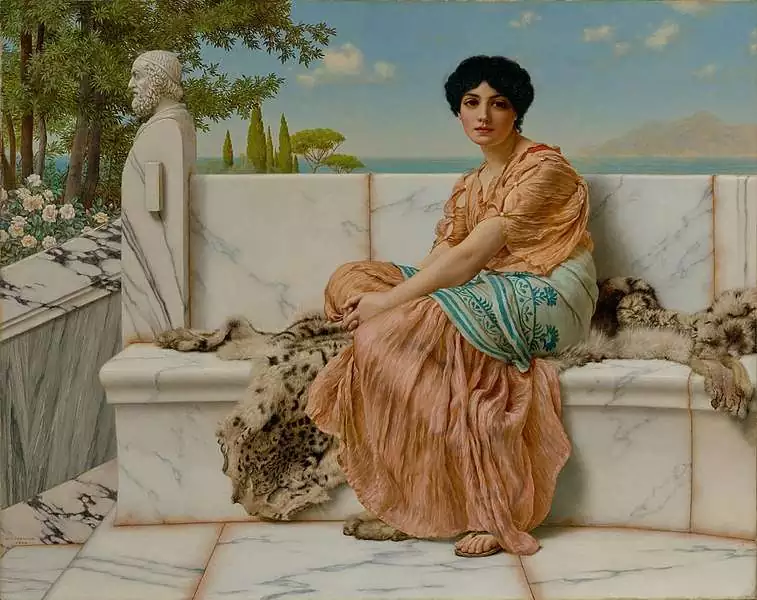
Read More: Depression and Sexual Orientation
- Lavender Rhino; Symbol of Lesbianism in the 70s
There are various symbols that the LGBTQ community has chosen over the years, such as rainbow flags, pink triangles, freedom rings, green carnations, and red ribbons, but what about the lavender rhinoceros? An obscure symbol from the 1970s is the lavender rhino. The rhino is normally a peaceful animal, but when offended, it turns exceedingly fierce. This is why it was allegedly employed as a Lavender Rhino activist emblem. Although it generated a great deal of controversy in Boston in the 1970s. To raise public awareness of the existence of gays and lesbians in society, the lavender rhinoceros was designed as a symbol. Daniel Thaxton and Bernie Toale, two Boston-based artists, were the ones who made it. It made its debut in a 1973 run of subway posters in Boston.

- The ‘Lavender Scare’
The terror and persecution of homosexuals in the United States and the United Kingdom are referred to as the “Lavender Scare,” which was a time period in the 1950s. Gay and lesbians were both viewed as communist sympathisers. Sen. Everett Dirksen’s use of the term “lavender lads” as a derogatory epithet for homosexuals in the early 1950s gave rise to the phrase “Lavender Scare.”
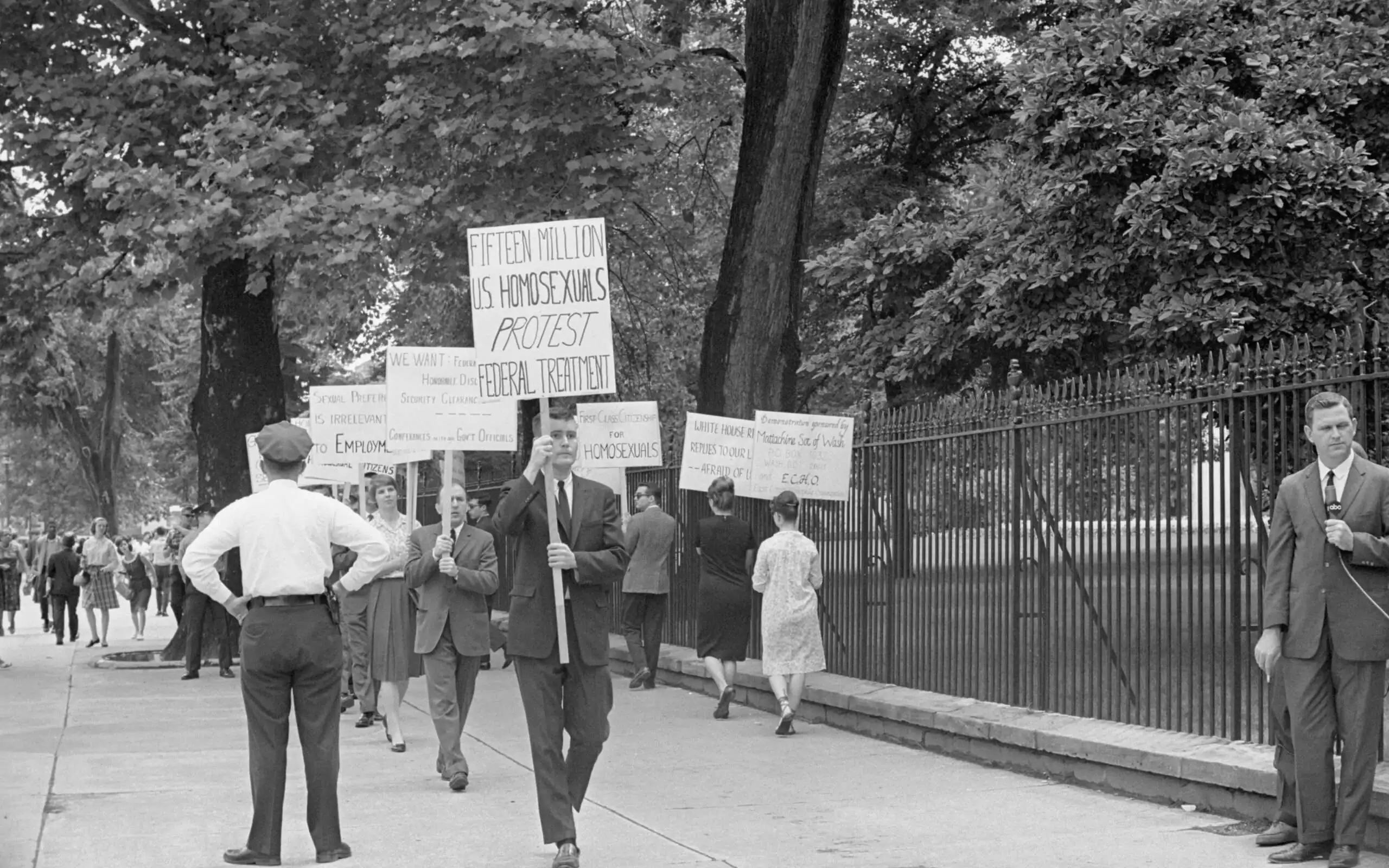
Read More: Transgender Persons (Protection of Rights) Bill
- ‘Black Triangle’ during Nazi Period
Lesbians were among those detained as “asocial” before 1939, a catch-all term used to describe anyone who eluded Nazi authority. Since homosexual relations between men were illegal in Germany under Section 175 of the Criminal Code, the use of the symbol as a sign of lesbian victimisation has been contested. Evidence reveals that lesbian inmates of Nazi Germany were obliged to wear a black triangle because they were regarded as people of anti-social behaviour during the World War II era. Lesbians and feminists all over the world today view the triangle as a sign of pride and comradery.
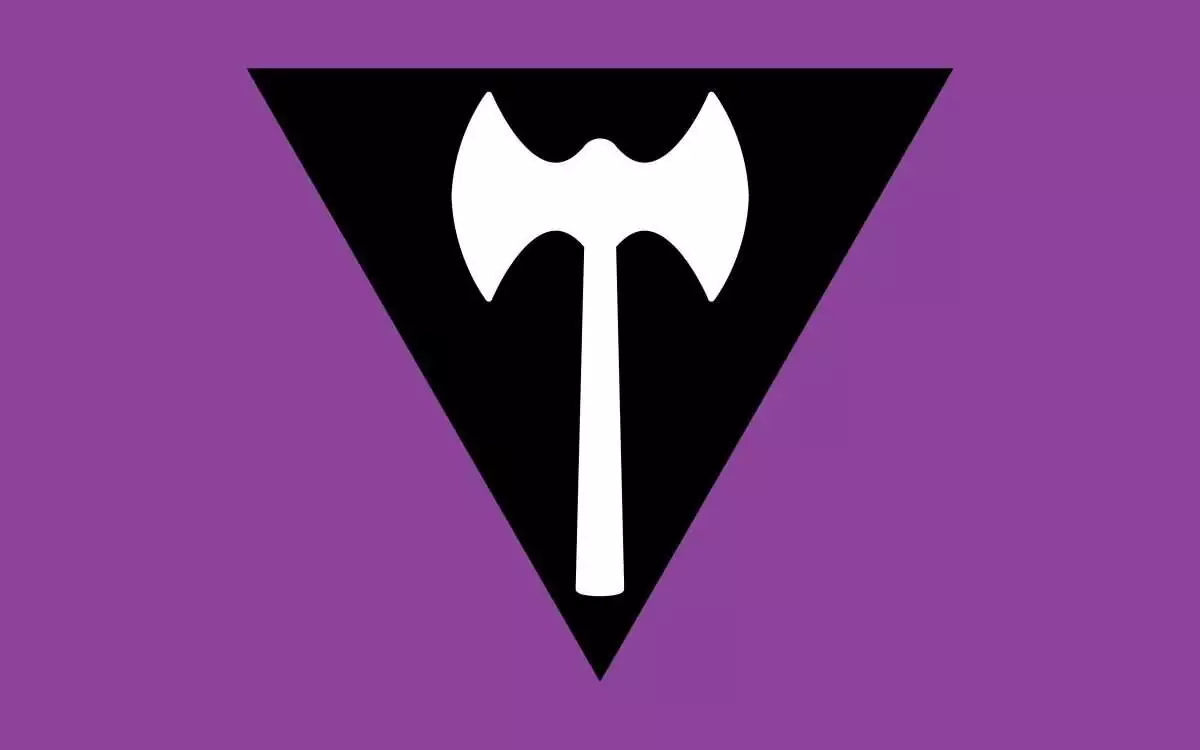
- ‘No – Nuts’?
Lesbians are more commonly referred to as butch and dyke, but there have been many more names throughout history. In the 1930s, cat and apache were widely used. Here are some more examples from over the years. Collar-and-tie, dandysette, shim, major, mantee, mason was used in the 1940s. Jasper, a pansy without a stem later in the 1960s. When the 1970s came about, Lesbians started being known as “No-nuts”.
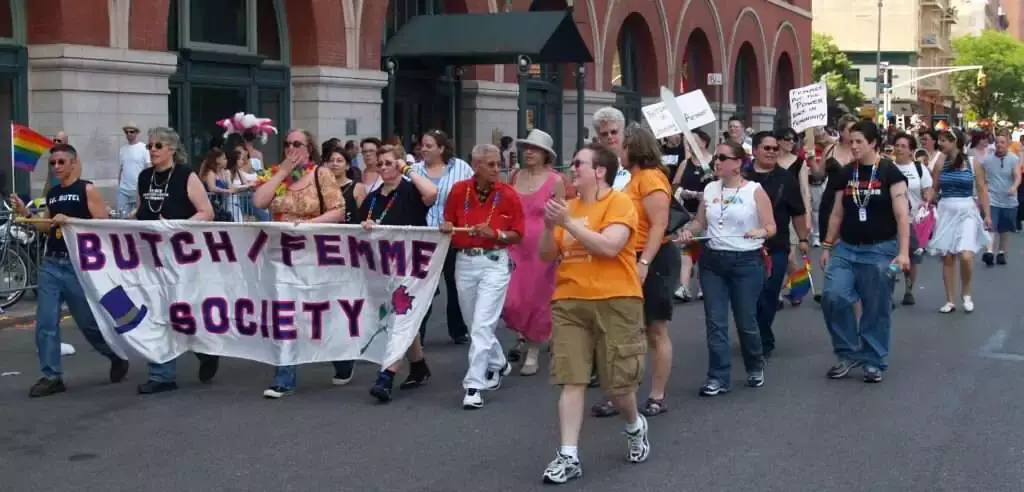
Read More: Debunking the myths- Transgender
- Vice Versa, the first Lesbian magazine
Vice Versa, dubbed “the gayest American magazine,” was the first lesbian publication. Lisa Ben, which is an anagram for lesbian, was behind the concept. It was also the alias of a secretary at RKO Studios in Los Angeles who began penning pieces for the magazine after being informed by her boss that he didn’t care what she was typing so long as she appeared busy, which would make the rest of the staff at the studio believe he was important.
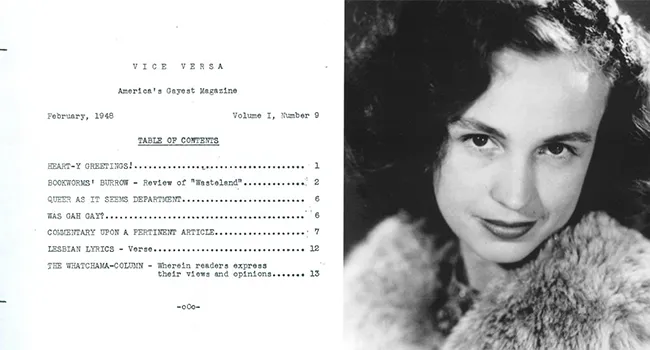
- Homosexuality Declassified at a Mental Disorder
The American Psychiatric Association considered homosexuality to be a disease or a mental condition in the 20th century. This had a significant cultural impact on how the lesbian and gay community was perceived, paving the way for prejudice and therapeutic interventions that made the lives of homosexuals very challenging. The APA didn’t finally eliminate homosexuality from its official diagnostic handbook until 1973. Since that time, every significant professional group for mental health has publicly stated that homosexuality is not a mental disease.
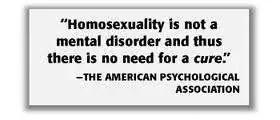
Read More: Debunking the myths- Bisexuality
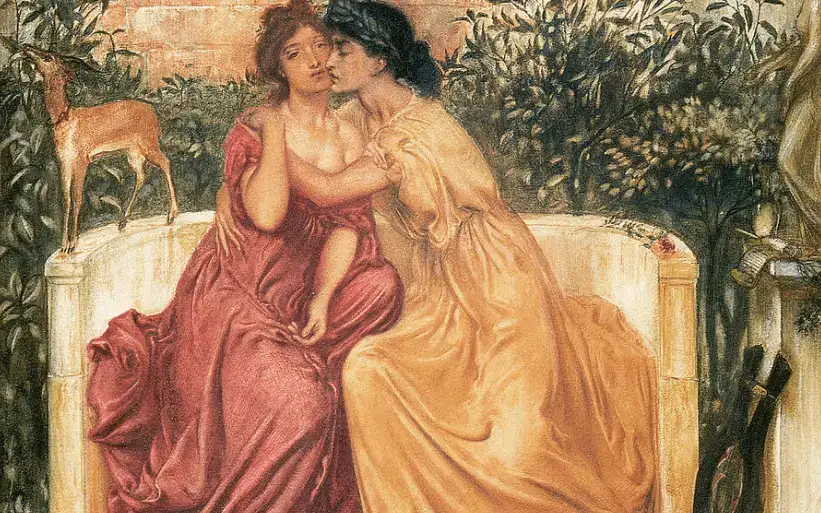

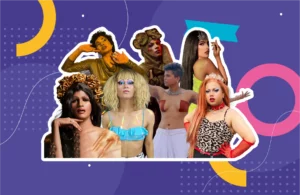

2 thoughts on “Things You Didn’t Know About Lesbian History”